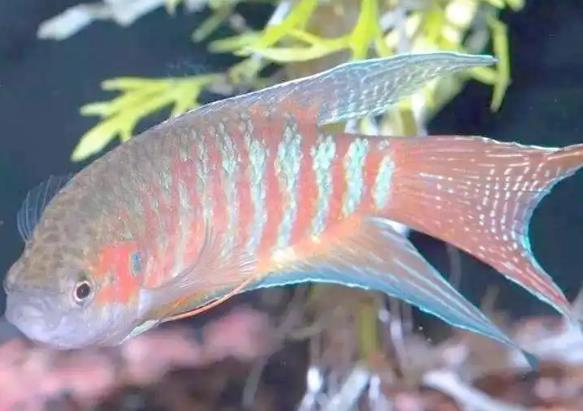Betta Fish Care Guide: Key Tips for a Healthy Habitat

1. Water Quality Management
Temperature: Betta fish thrive in water between 24–28°C (75–82°F). Chinese bettas can tolerate temps as low as 3°C (37°F), but use a heater in winter to maintain stability. Half-moon bettas prefer slightly cooler water, 20–25°C (68–77°F).
pH Level: Neutral water is ideal. Keep pH between 6.5–7.2.
Water Changes: Replace ⅓ to ½ of the water weekly. Ensure the new water is within 1°C of the tank temperature to avoid stressing the betta. Always dechlorinate new water by letting it sit for 4 hours in sunlight or using a water conditioner (like Fish Safe).
2. Tank Setup & Environment
Tank Size: Each adult betta needs at least 5 liters of water. Keep them solo to prevent fighting. Small tanks require more frequent water changes, while larger tanks need less upkeep.
Filtration & Decor: Small tanks can go without a filter if you change water often, but larger tanks benefit from a gentle-flow filter. Add live plants (like moss or water lettuce) or Indian almond leaves (which regulate pH and fight bacteria).
Lighting: Provide 8 hours of soft light daily (e.g., LED bulbs). Avoid direct sunlight, which can spike temps and promote algae.
3. Feeding Recommendations
Food Choices: Prioritize live foods (bloodworms, brine shrimp) and pair them with high-protein pellet food to avoid a monotonous diet.
Feeding Routine: Feed 1–2 times a day, only as much as the betta can eat in 5 minutes. Overfeeding pollutes the water quickly.
4. Health & Disease Prevention
Common Ailments:
Ich (White Spot Disease): Raise temp to 30°C and treat with methylene blue.
Fungal Infections: Improve water quality and use a salt bath.
Fin Rot: Treat with yellow powder (methylene blue or aquarium-specific medication).
Monitoring Tips: Check the betta’s body, fins, and behavior regularly. Isolate sick fish immediately for treatment.
5. Additional Tips
Anti-Jumping Measures: Cover the tank—bettas can jump when startled.
Breeding Basics: For breeding, pair bettas in a separate tank. After the male builds a bubble nest, remove the female to prevent her from attacking the fry.
Tank Mate Warnings: Bettas are aggressive. Avoid housing them with other bettas or fish with long fins. If mixing species, provide plenty of space and hiding spots.
By following these steps, you’ll create a thriving environment that keeps your betta fish vibrant, active, and healthy!
